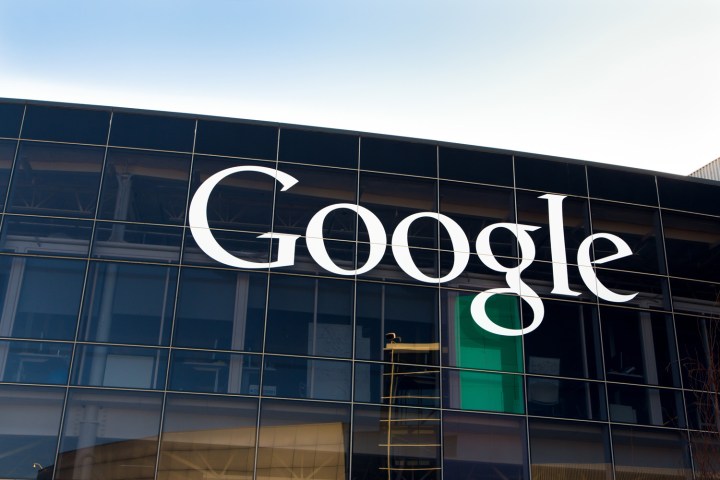
Google introduced the system more than 10 years ago, although at that time a minimum of five articles had to be offered to readers. Publishers such as The New York Times, The Wall Street Journal, and the Financial Times complained that offering free content made it harder for them to sell subscriptions, so in 2015 Google cut the free-article limit from five to three.
But still the publishers protested.
Having reevaluated how people consume media and the current business models employed by myriad news services, Google announced on Monday it was ditching First Click Free.
In a move that will mean fewer freebies for news junkies, the web giant said it’s now placing more control in the hands of publishers with a new system called Flexible Sampling that allows them to set how many free articles — if any — a reader can see via Google’s search engine before they come up against a paywall.
Encouraging publishers to offer free content gives Google some assurance that news fans will still hit its search engine to seek out content from a range of news services, and the company argued that a try-before-you-buy approach would ultimately help publishers to gain more subscribers. Now, with Flexible Sampling, publishers have more freedom that allows them to offer a reader, say, 10 free articles over an entire month instead of a set number of stories each day.
Google once described First Click Free as a way of helping users to “get access to high-quality news with a minimum of effort, while also ensuring that publishers with a paid subscription model get discovered in Google Search and via Google News.”
But now the company has scrapped it, a move that it’s decided to take following analysis of its “own research, publisher feedback, and monthslong experiments with The New York Times and the Financial Times, both of which operate successful subscription services,” Richard Gingras, vice president of news at Google, wrote in a message posted on Monday.
Gingras added that his team is also working on developing a suite of products and services to assist publishers in finding new audiences that could lead to more subscriptions and revenue growth.
These include making it easier for readers to subscribe — with a single click — by utilizing Google’s existing identity and payment technologies. It will also offer seamless access to paid-for content across multiple platforms, including the publisher’s site or mobile app, Google Newsstand, Google Search, and Google News.
Spelling out the importance of an effective web-based system for subscription-driven publishers in a fast-changing marketplace, Financial Times CFO Jon Slade said, “It’s extremely clear that advertising alone can no longer pay for the production and distribution of high-quality journalism, and at the same time the societal need for sustainable independent journalism has never been greater.
“Reader-based revenue, aka paid content, or subscription services, are therefore not just a nice-to-have, but an essential component of a publisher’s revenue composition,” Slade said.
Editors' Recommendations
- Destiny 2 is going free to play on Google Stadia for all players with an account
- Disney+ has huge first month in downloads, tops all Google searches for 2019
- Google will promote original reporting in its search rankings
- You can now share Google Search results straight from the app
- New Google Search feature will let you see life-size animals up close with AR


